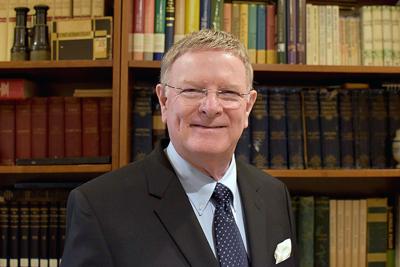The rivalry between Dallas and Fort Worth started a long time ago. While the specific origins are unknown, several incidents occurred in the 1800’s that contributed to this ongoing competitiveness.
Many historians refer to 1871 when Fort Worth had a population of 4,000 people. The town was considered “west” Texas because it bordered the wild frontier. Dallas promoted itself as being more civilized. The railroad was coming to Texas, and the Dallas politicians finagled contracts so that the tracks would stop just west of Dallas but before entering Fort Worth. This would improve their standing as being “civilized” and keep Fort Worth the wild west.
As citizens of Fort Worth mistakenly waited for the railroad, the severe winter of 1872/73 decimated their herds of cattle. Businesses closed and the population suddenly dropped to 1,000. Things looked bleak for the fledgling city.
Adding insult to injury, Fort Worth attorney Robert E. Cowart moved to Dallas. In the Dallas newspaper, he wrote a besmirching article on the impending demise of Fort Worth, stating that so many people had left that he saw a panther sleeping on Main Street in front of the County Courthouse. True or not, the damage was done.
But two prominent citizens of Fort Worth were determined to get the railroad to Fort Worth and to revitalize the community. Captain B.B. (Broadman Buckley) Paddock became editor of the Fort Worth Democrat newspaper. With this tabloid platform, he began to expose the tricks that had been exercised against his city. He coined and capitalized on the phrase “Panther City,” and used it to the city’s benefit.
Major K.M. (Khleber Miller) Van Zandt was a decorated Civil War hero, and co-founder of the Fort Worth Democrat newspaper. Van Zandt is still revered today for his successful efforts to bring the Texas and Pacific, the Santa Fe, and the Missouri, Kansas and Texas railroads to Fort Worth. Together, Paddock and Van Zandt rallied a discouraged town and paved the way for the international city Fort Worth is today.
Paddock and Van Zandt had a mutual desire to build churches. B.B never attended school a day in his life. Due to family issues, B.B. was on his own at the age of 14. He traveled throughout Canada and the United States, and was educated by reading, study, and general observation of others. He was a member of the Old School Presbyterian church and aided in the construction of many other churches in Fort Worth.


(0) comments
Welcome to the discussion.
Log In
Keep it Clean. Please avoid obscene, vulgar, lewd, racist or sexually-oriented language.
PLEASE TURN OFF YOUR CAPS LOCK.
Don't Threaten. Threats of harming another person will not be tolerated.
Be Truthful. Don't knowingly lie about anyone or anything.
Be Nice. No racism, sexism or any sort of -ism that is degrading to another person.
Be Proactive. Use the 'Report' link on each comment to let us know of abusive posts.
Share with Us. We'd love to hear eyewitness accounts, the history behind an article.